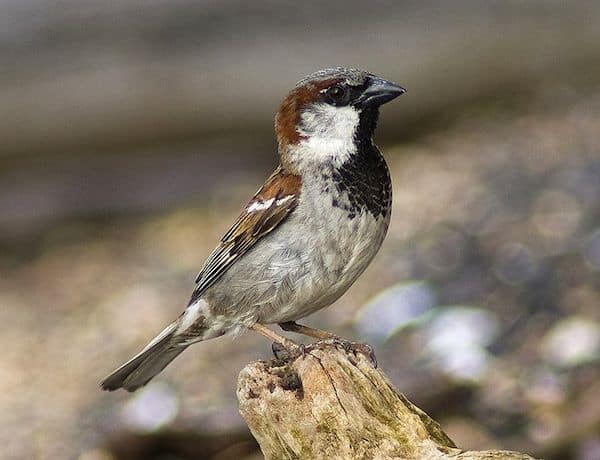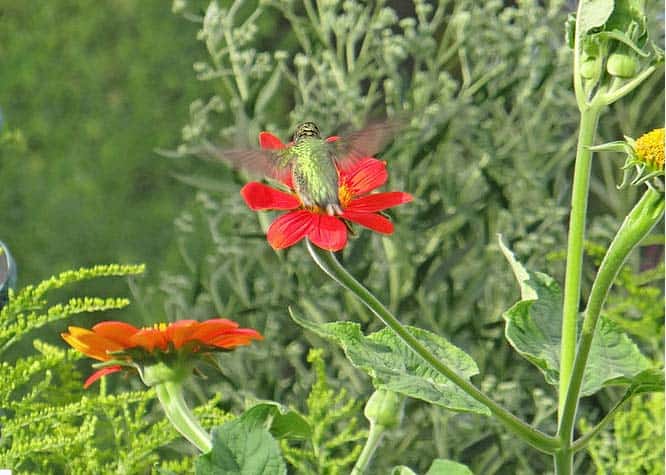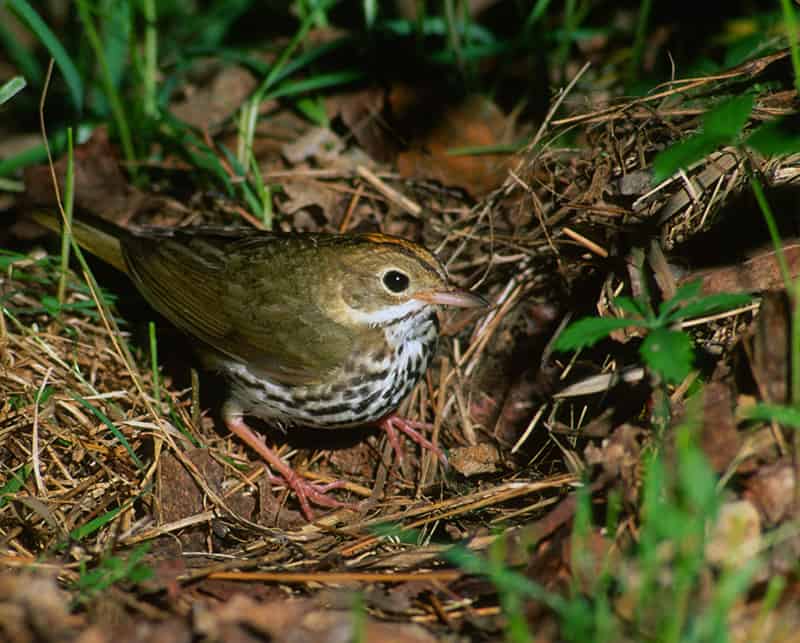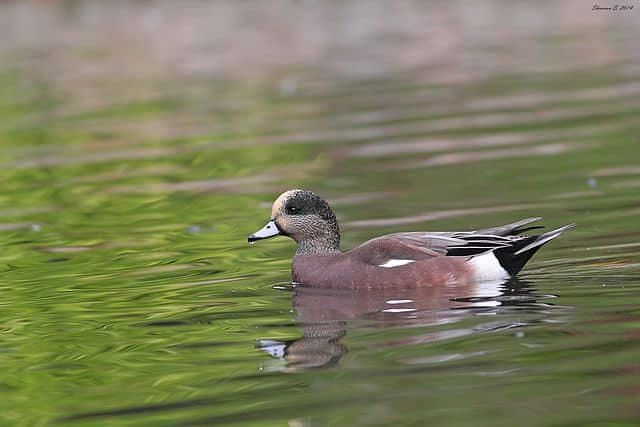Look For
The chunky little house sparrow is known for its constant cha-deep, cha-deep calls and for the male’s black bib in breeding plumage. Breeding males have a black bill and a contrasting black, gray, and brown head and face pattern. Winter males are a muted version of the breeding plumage. Females are drab gray-brown overall and lack the bib. House sparrows are constantly chirping and are aggressive competitors at feeders and nest sites.
Listen for
House Sparrows do not really sing a song. Instead, they constantly utter a series of husky calls: cheerp! cha-deep! They also give harsh rattles and short whistles near the nest.
Find it
Introduced to North America in the early 1850s from England to help control wireworms, the house sparrow population spread across the continent in just 50 years. The house sparrow enjoys a close association with humans, almost always nesting and living in proximity to our settlements.
It is one of the world’s most successful and widespread species. House sparrows are year-round residents. It’s easier to describe where you won’t find house sparrows because they are utterly ubiquitous. Pristine natural habitats—forest, grassland, or desert—that are lacking human development will also lack house sparrows. Historically, the house sparrow associated with horses (and the seeds and insects in their droppings) and other livestock.
Today, house sparrows are found in the most urban of habitats, living on food scraps and nesting in building crevices—though they are still a common inhabitant of horse barns, farmyards, and feedlots.
Feed it
Seeds and grains will be on the house sparrow’s normal menu throughout the year. In spring and summer, they take advantage of bountiful insect populations. At any time, house sparrows are quick to take food at bird feeders or scraps of food offered directly or indirectly by humans in parks, picnic areas, fast food restaurants, and strip malls. Cracked corn, sunflower seeds, peanut bits, and bread products are favorite foods.
Nesting Behavior
Males choose a cavity and sing by it to attract the female. Both build the messy nest of grass, weed stems, feathers, paper, and string. House sparrows will appropriate nest boxes from bluebirds, swallows, and purple martins (forcing many nest box landlords to use controls and special housing to discourage house sparrows), and they may even kill nest box competitors.
The female lays between three and six eggs, which are incubated by both parents for 10 or more days. The parents share feeding duties until the nestlings are ready to fledge at about two weeks.
WOW!
House Sparrows were imported from Europe and introduced in New York in 1850 to control insects on city streets. By the early 1900s, they had spread across the continent to California.
Listen to the house sparrow:




